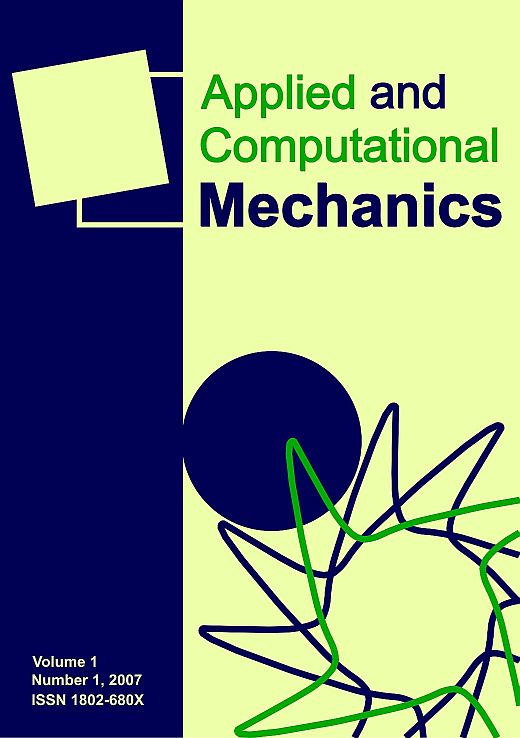Numerical study of turbulent flows around a cubic obstacle blown from a variable geometry jets diffuser
DOI:
https://doi.org/10.24132/acm.2024.837Keywords:
wall-mounted cube, cooling electronic components, impinging jet, circular jet, lobed jet, swirling jetAbstract
This research focuses on utilizing numerical simulation to analyse how modifications in the air jet diffuser shape impact the cooling efficiency of electronic parts. The main aim of this study is to understand the physical and thermal mechanisms involved in the process. The study consists in numerically predicting the physical and thermal field of a cubic-shaped obstacle placed in the centre of a square subjected to a resulting flow field created by a transverse flow and a perpendicularly oriented impacting jet. The computations were done at a Reynolds number of 3 410, analyzing three perpendicular impinging jets with the ratio of impinging and cross flow Reynolds numbers α = Rej /ReH having the values of 0.5, 1, and 1.5. The k–ω SST turbulence model was used in this investigation. The effectiveness of the methodology that was put into action was evaluated by referring to the findings derived from the experiments conducted by Masip and his team. Once the methodology was validated, we studied the effect of changing the geometric shapes of the impinging jet diffusers on the cooling efficiency. Three geometrical shapes of air diffusers were tested (circular, swirling and lobed). We noted that there is a direct correlation between flow morphology and cooling efficiency. The impact of the ratio α was analysed and found to have a significant effect on the cooling efficiency. As this ratio increases, the quantity of heat transfer increases in all three air jet diffuser cases. In relation to the lobed air jet, it was observed that the Nusselt number exhibits greater values when compared to the other air jet diffuser cases. Moreover, it was noted that the lobed air jet diffuser can enhance the heat transfer efficiency for α = 1.5 by more than 16.3 % compared to the circular air jet diffuser.
Downloads
Published
Issue
Section
License
Copyright (c) 2024 Applied and Computational Mechanics

This work is licensed under a Creative Commons Attribution 4.0 International License.







